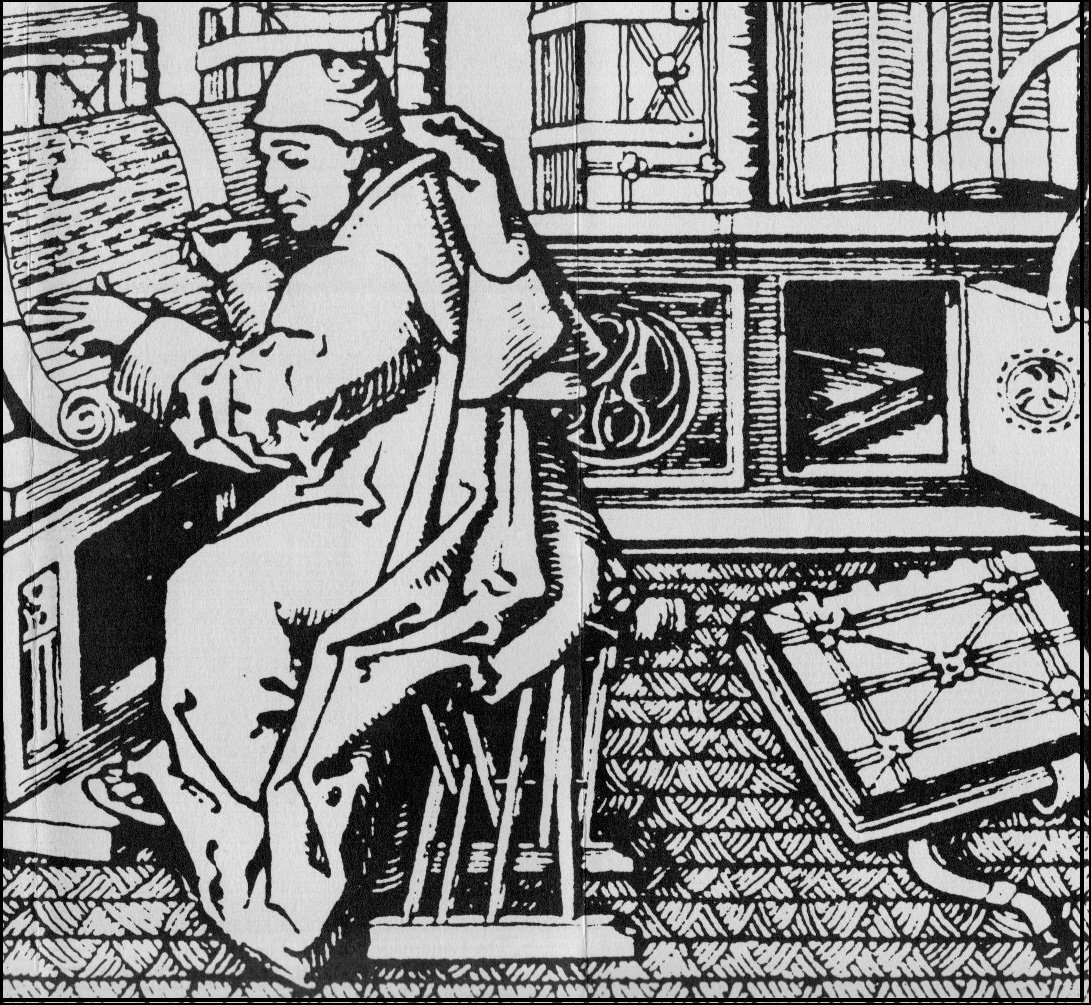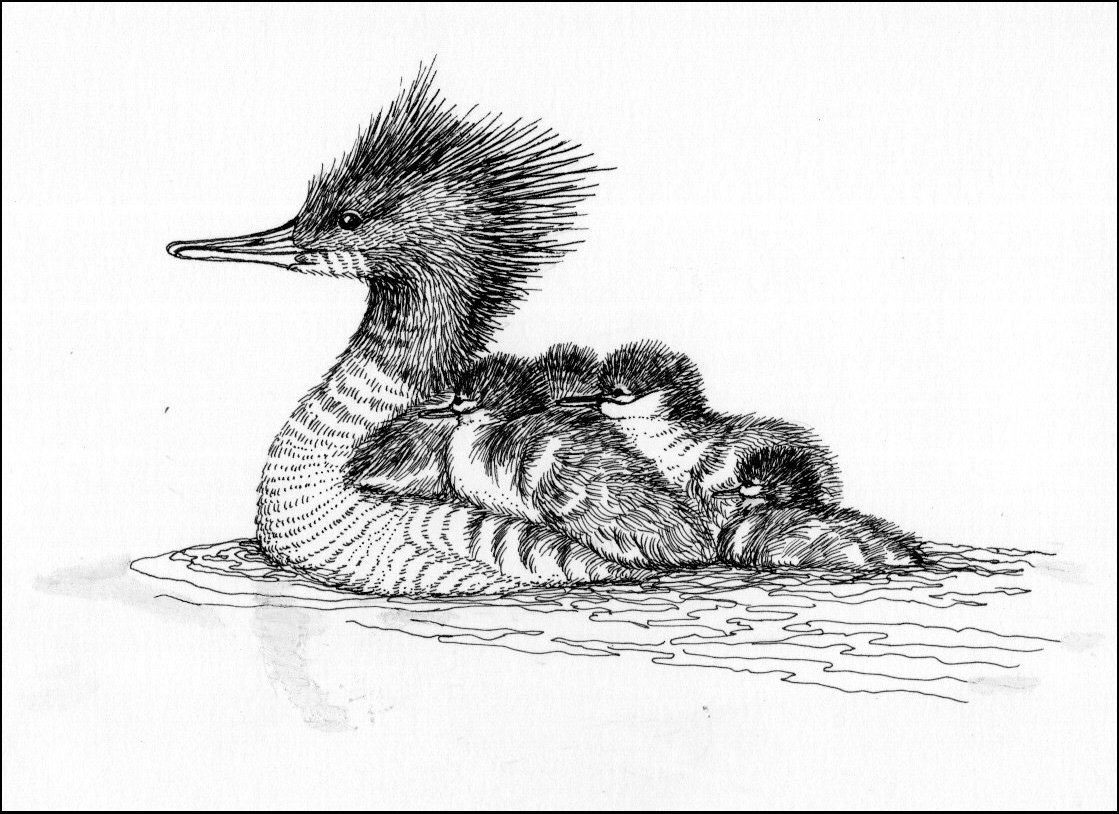My first connection to creativity was the alphabet. As a child I loved to draw the twenty-six letters. All through elementary school I experimented with the shapes, often in the margins of my math notebooks. In high school, I volunteered to make posters for sports events. Getting to write really BIG was thrilling. In art class I liked to include the name of the object in the drawing. Word and image went together for me. After studying dance and ceramics in college, I took this understanding of movement and form and dove into the study of calligraphy: the art of beautiful writing.
In the 1970s I was living in Berkeley, California, where a renaissance of book arts was underway. I rented a storefront and hung out my shingle as a calligraphic designer, drawing out the alphabets of the Roman Empire, the Middle Ages, and the Renaissance as my “palette of colors”.
I loved studying the manuscripts in the Rare Books Room of the university library. The variations in the ink, the texture of the vellum skins, the little mistakes and complaints written in the margins by the scribes - it was all so alive. The alphabets were like windows into their times, just as handwriting can be a window into one’s personality. They also connected me to the rich history of bookmaking.












